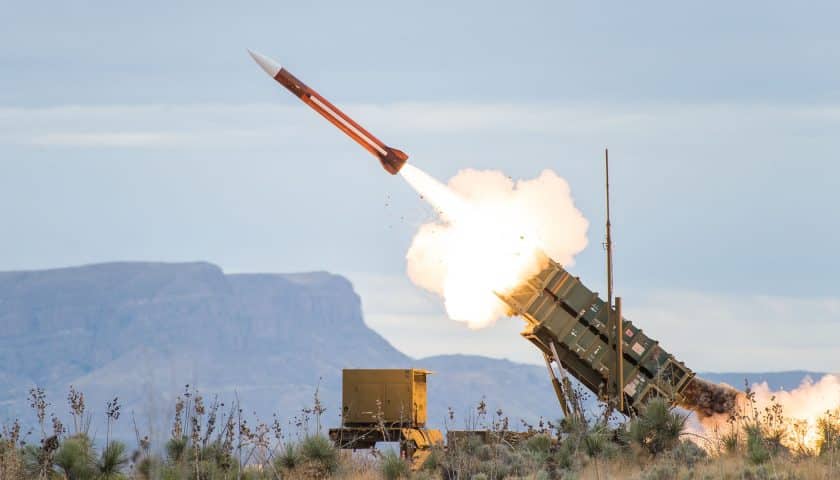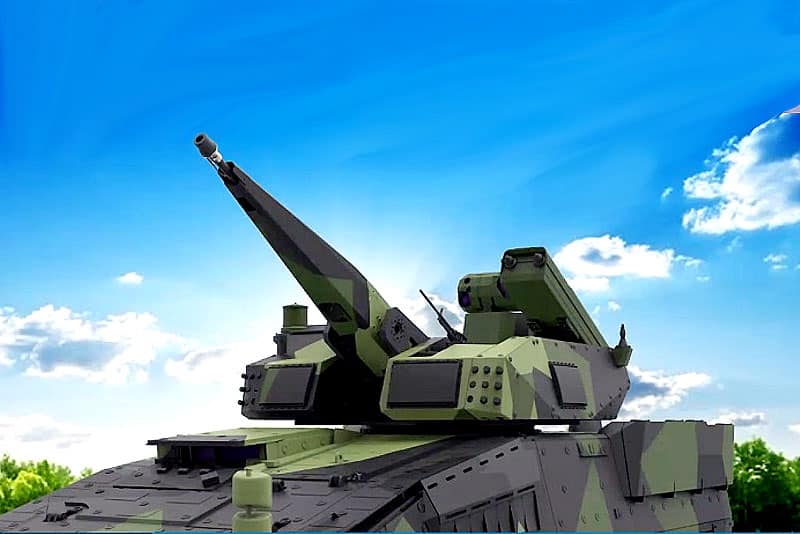Anti-aircraft artillery, of all calibers, is coming back to the fore to deal with threats that missiles alone cannot deal with, such as drones and drone swarms.
During the Vietnam War, the American armed forces lost nearly 3.750 planes and 5.600 helicopters. While North Vietnamese fighters and missiles played a determining role, together they only shot down 15% of the aircraft lost by the United States, while accidents accounted for 25% of recorded losses.
The remaining 60% came from North Vietnamese anti-aircraft artillery, which posed the greatest threat to American aircraft throughout the war. Inexpensive to acquire and relatively simple to use, the Soviet and Chinese anti-aircraft batteries used by North Vietnam alone shot down 45% of the combat planes and 70% of the helicopters lost in combat by the United States during this conflict.
However, at the end of this conflict, priority was given to the design of anti-aircraft systems based on missiles, considered more efficient and more precise than anti-aircraft artillery, partly because of the excellent held Egyptian SA-6 anti-aircraft systems during the Yom Kippur War in 1973, a new Soviet-made system that is both mobile and efficient, capable of intercepting aircraft operating at medium and high altitude within a radius of 30 km, and which posed significant problems and many losses to the Israeli air force during the first days of the conflict.
In fact, during the 70s, Americans and Soviets engaged in a race to develop this type of weapon, with the appearance of the Patriot and the SM-2 on the other side of the Atlantic, and the S-300 and Buk on the Soviet side. At the same time, the number of artillery systems dedicated to anti-aircraft defense rapidly decreased, in favor of these long-range systems, and short-range systems like the Franco-German Roland and the Soviet SA-8 Osa .

As always in the competition between the lance and the shield, while anti-aircraft missiles became more and more efficient, the air forces equipped their aircraft with capabilities to counter these systems, whether they were decoys, systems jamming, flying at very low altitude and high speed, and even stealth, as well as means to overcome the powerful radars that control these systems.
Above all, from the 90s, so-called stand-off air-to-ground weapons appeared capable of being dropped by a combat aircraft from a safe distance, meaning out of range of anti-aircraft systems, to strike its target. In fact, the balance of power evolved again, with stand-off weapons difficult to intercept for anti-aircraft missiles, and sometimes even less expensive than the missiles launched against them.
With the appearance of drones and guided rockets in the 2000s, the problem worsened, to the point that the missile was no longer considered the absolute and ultimate answer to aerial threats.

75% of this article remains to read,
Subscribe to access it!
The Classic subscriptions provide access to
articles in their full version, and without advertising,
from 6,90 €.
Newsletter subscription
Register for the Meta-Defense Newsletter to receive the
latest fashion articles daily or weekly


[…] […]